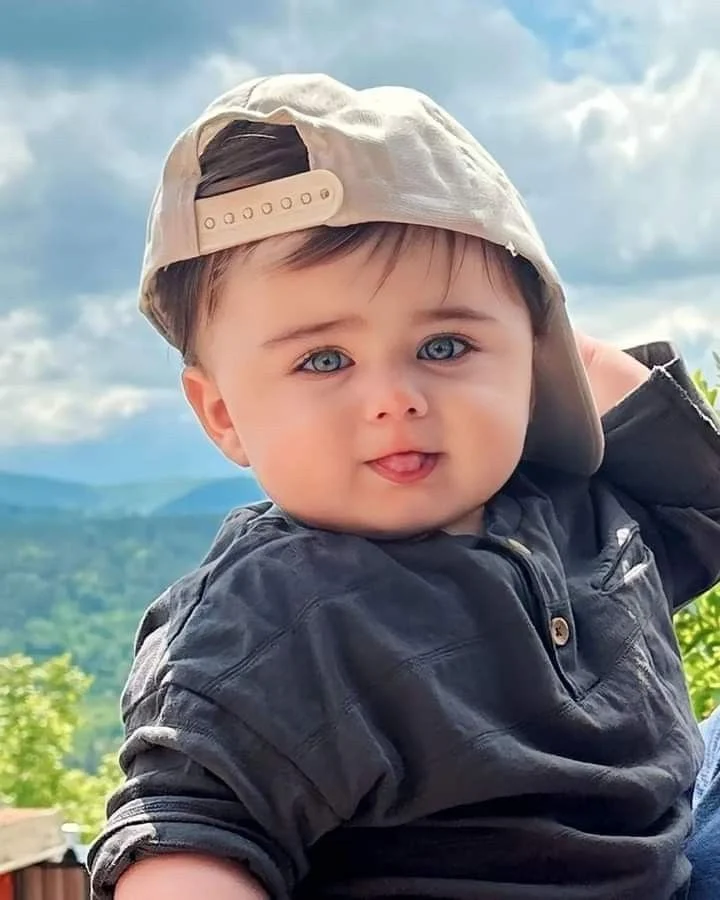“I can’t breathe.”
Standing among 5,000 strangers in the brisk air of downtown Manhattan, those words echoed deeply within me. I instinctively placed my hand over my heart, feeling its erratic rhythm, as tears streamed down my face. Just moments before our march began, I pulled myself together, ready to channel our collective sorrow and anger into action.
“We can’t breathe.”
This became the powerful rallying cry, a poignant chant that filled the air as we marched over bridges, through Apple stores, and at train stations. It was a wake-up call, a forceful reminder of uncomfortable truths that many would prefer to ignore. It had been all too easy for white individuals like myself to believe we had moved past racial prejudice, especially after the election of a president with brown skin. Yet our communities and schools remained largely segregated, a stark reality that shouldn’t be overlooked.
At Foley Square, I locked eyes with a woman holding a sign that read, “Telling me that I’m obsessed with talking about racism in America is like telling me I’m obsessed with swimming when I’m drowning.” I snapped her picture and told her, “That’s beautiful,” because I resonated with the sentiment. But the truth is, it’s heartbreaking that even after centuries of struggle, black lives remain at risk.
In just 24 hours, my emotions shifted from intense fury to a flicker of hope. After the Eric Garner verdict was announced, I was home, preparing to work when a wave of expletives left my lips as I stared at the TV. My social media feeds erupted in outrage—everyone seemed to share my disbelief, even voices like Glenn Beck and Bill O’Reilly. The consensus among my circle was clear: we had crossed a threshold. Following a week of injustices starting in Ferguson, returning to the status quo was no longer an option. As Rev. Jacqueline J. Lewis put it, we had been “cracked wide open around race,” and it was long overdue.
I’ve participated in various protests throughout my life, starting with a march for abortion rights in 1992, followed by rallies for environmental issues and against wars. However, this movement felt different—organized yet raw. We were exposed, vulnerable, our voices hoarse from shouting because we felt there was no other choice.
In cities across the nation—New York, Boston, Chicago, and beyond—protesters were relentless. They staged die-ins, confronted police, and disrupted major thoroughfares. After one such march, I learned that some had lain on Broadway for 11 minutes in silence—symbolizing the number of times Eric Garner gasped, “I can’t breathe,” before succumbing.
#BlackLivesMatter emerged as a poignant mantra after Ferguson. As Roxane Gay articulated so powerfully, it wasn’t until George Zimmerman took the life of 17-year-old Trayvon Martin that I truly grasped the weight of this reality. I had never fully considered the anxiety a black parent must feel when their child steps outside, knowing that the world views them through a lens of danger that white children will never experience. This reality must create a kind of trauma I can’t even begin to understand.
This led me to confront the unsettling truth of “The Talk”—the necessary conversation black parents have with their sons about navigating a world that sees them as threats. Should you ever send your child into a battle, you’d equip them with the best armor and training; for many black families, this talk is the only protection their children have.
It was then that I confronted my own white privilege. While I had always thought of myself as an ally, the realization that innocent little boys are viewed as dangerous shook me deeply. If I had a son, his biggest concern might be mastering his bar mitzvah prayers, while a black child has to navigate a world filled with fear and prejudice.
The ongoing heartbreak shared by my black friends in light of recent tragedies speaks volumes. Following yet another unarmed black man’s death, a friend lamented that it felt like “open season” on men of color. When the news of Ferguson’s unrest broke, the story of 12-year-old Tamir Rice’s death at the hands of police was another devastating reminder.
So, what does it mean to be a white ally when I can never fully understand the experience of living in black or brown skin? Attending rallies was merely talking the talk; I realized I needed to walk the walk. This journey requires listening—truly listening—even when I think I understand.
White individuals like me often occupy a lot of space in conversations about race, typically used to being seen first. On the day the Garner verdict was announced, a well-intentioned hashtag, #CrimingWhileWhite, trended on Twitter. It aimed to humorously highlight white privilege but ended up overshadowing the grief and struggles of people of color.
My journey as an ally is ongoing. I didn’t just watch “12 Years a Slave” with my family last Christmas; I made sure we discussed how the legacy of slavery still shapes our world. When I read Ta-Nehisi Coates’ impactful essay “The Case for Reparations,” I brought it up with my white friends, even when faced with resistance or blank stares. It’s crucial that we strive for a world where black lives are valued just as much as our own.
In conclusion, the journey toward allyship is continuous. Acknowledging and confronting privilege, engaging in difficult conversations, and genuinely listening to the experiences of others are essential steps. To be a true ally, we must commit to learning and advocating for justice and equality.
For more insights, check out this excellent resource on pregnancy and home insemination at Progyny, and if you’re interested in home insemination kits, BabyMaker has some great options available. For more on our approach, please review our terms and conditions.
